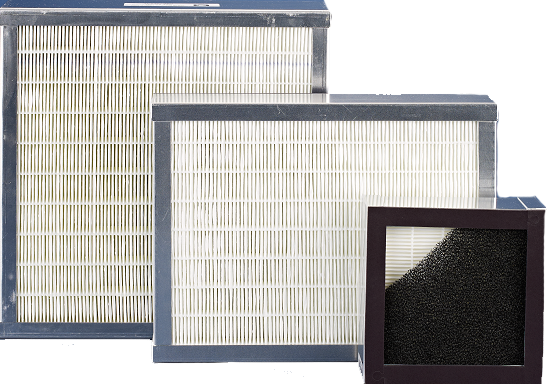What Happened to Neon in Las Vegas?
Nickel slots, high stakes blackjack, world class shows, 5-star restaurants, exotic cars (and the occasional exotic dancer) epitomize some the wonders (or horrors depending on your perspective) of the Vegas strip. But arguably over the years, the most iconic feature of Sin City has been the sensory overload of neon lights which, on a clear night, can be seen from as far away from Laughlin. And if you factor in the Luxor beam (which is technically made up of xenon lights), you’re likely to catch sight of Vegas about 45 minutes before your plane even lands.
But while the lights of Vegas continue to shine as a dazzling beacon in the middle of the desert, a not-so-subtle shift away from the iconic neon lights to LED has been taking place since around 2013. Around that time, casinos and municipal planners started seeing green (in more ways than one) in the energy-saving, longer-lasting and more durable light emitting diode.
Types of LED
There are three basic types of LED.
- Monochrome
- Standard
- High Definition
Monochrome LEDs are single color displays. Monochrome LEDs are great for locations needing to adhere to zoning ordinances. Many small, local businesses use monochrome LED signs like churches to list their services. Gas stations display prices and banks tell you the time and weather with monochrome LED. Sports and concert stadiums have monochrome ring signs telling us when the team scores or a player gets a penalty.
Standard LEDs are vivid, full color displays perfect for roads and interstates with vehicles moving at higher speeds. Because the audience needs a complete image for a short time, high resolution is not needed. The main concern with this LED is placement – the sign’s height and viewing angle are very important to its effectiveness.
High Resolution LED displays can be small screens in a boutique or large interactive screens at the city zoo. Regardless of screen size, high resolution signs can display more graphics and content. These displays are perfect for high pedestrian traffic, close range viewing, and spatially restricted areas.
Keeping LED Signs ON
Las Vegas is in the desert. While immediately you think high temperatures, deserts also see very low temps at night. These extreme temperature swings in a short time period mean a lot of thermal considerations for outdoor electronics, like LED displays. Humidity may not be an issue in Vegas, but the temperature extremes could cause condensation within electronics enclosures. And Vegas has been known to get a serious thunderstorm or two.
Universal Air Filter has products that would address the environmental issues Las Vegas signs face. They have durable, cleanable hydrophobic mesh. Meeting various NEMA and IP ratings there is also UAF Quadrafoam and OSP Series 2. To reliably protect indoor or outdoor electronics systems, UAF provides solutions for any issue.
Air Filters from UAF

UAF manufactures several air filtration solutions for outdoor use. Their Outside Plant Series 2 filter has provided IP66 Rating protection and is perfect for outdoor electronics enclosures looking to use direct air cooling. Direct air means no air conditioning costs, but it does mean dust, rain, and whatever is in the wind can find its way in with the air. UAF’s OSP filter protects against those wind gusts carrying debris into the system, as well as any wind-driven rain trying to creep in.
Compliant with industry standards is UAF practice, and the OSP Series 2 meets GR 487, NEMA, and IP66 ratings. Achieving the same high efficiency particulate filtration as other products on the market, UAF’s OSP Series 2 has up to 30% lower initial resistance. With better pleat integrity, the overall design offers cost savings through reduced power consumption. Helping to extend the filter’s life, the design also incorporates a durable, cleanable pre-filter.
UAF’s flame-retardant, water-repellant, cleanable air filters will protect internal components from dust and water mist with flexible frames, sturdy metal frames, or screens. For tight space restrictions, UAF’s ultra-thin framed filters can be built to combine two-stage filtration with a dust and hydrophobic media solution. Water-repellant, low pressure drop filter media reduces the ingress of airborne moisture and dust without jeopardizing the flow of critical cooling air.
Universal Air Filter engineers look for new challenges and are available to discuss your project. With UAF, you can also create 3D CAD models. Their prototype service can be a game changer for new product design cycles or when retrofitting filters into existing systems.
